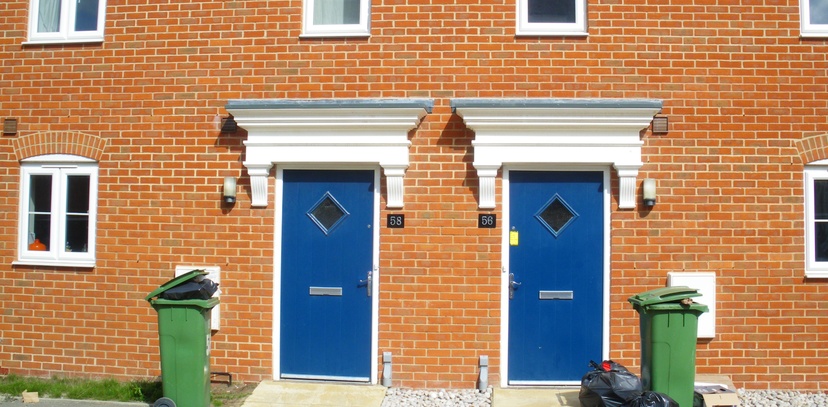
Research involving over 28,000 people in 26 communities carried out over 2 years by Gallup and the Knight Foundation has shown that people place 3 main things of importance in feeling attached to their community:
its social offerings, its aesthetics and its openness.
The ‘Soul of the Community’ survey showed that social offerings, in the form of entertainment venues or fun places to gather, how welcoming the place was to different people and its physical beauty along with availability of parks, playgrounds and green spaces determined their attachment to the community. Whilst access to good education and social capital were also found to be important factors, the state of the economy during the recession and crime rates were not found to be very greatly linked to resident’s passion and loyalty to their community.
Research also showed that community attachment was strongly correlated to GDP and recent measures of high school drop out rates. For 2002- 2006 at the least, the most attached communities had the highest local GDP. Further research is being done this year to determine which of these forces is driving the other but the study has clearly shown that attachment is not all about the economy and jobs but that social offerings, beauty and openness were far more important to drive attachment.
The survey was initially designed to identify the connectedness between GDP and resident’s love for their town. It found, as similar work by Gallup has in the past that within microcosms such as the work place there is indeed a correlation between emotional connection and economic growth. It saw that increased employee connectedness to their company led to improved financial performance and also that residents who were more content with their job were more likely to feel an emotional connection to their community.
This work largely ties in with the work we’ve been doing at Future Communities; researching how to build meaningful attachment and involvement within communities through the way in which they are initially designed. Look out for our soon to be published paper on Social Sustainability for more insight into the ways in which this engagement can be pioneered from the outset.
Paula Ellis, Vice President for Strategic initiatives at the Knight foundation tells us that “The findings are particularly important in a globalized economy, where cities are fighting for the talented workers they need for a vibrant workforce and economy,” These seems increasingly to be the case as brain drain continues to be a challenge to keeping its talented students after their graduation.
The full report can be accessed here http://www.soulofthecommunity.org/